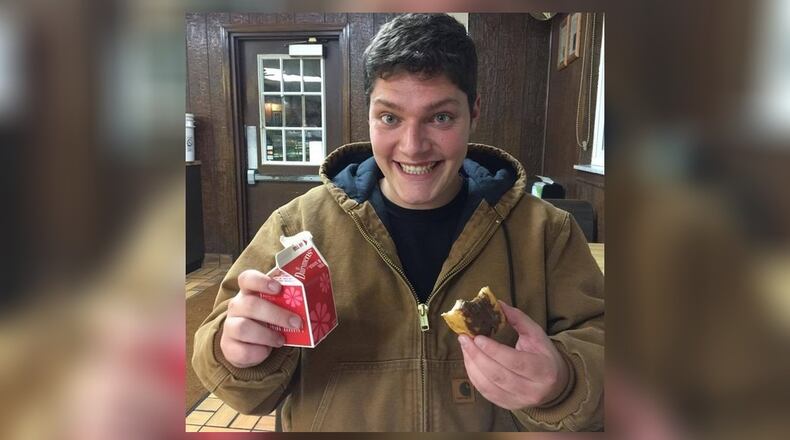The FBI interviewed a friend of Betts who was with him the night of the shooting and who was shot and wounded during the Aug. 4, 2019, rampage. The friend told authorities that Betts in late July 2019 indicated he had relapsed with cocaine and it was not “interacting well,” according to an application for a search warrant seeking information from Twitter about Betts’ account.
Another one of Betts’ friends told the FBI that Betts had a “very dark mind” and discussed “dark sexual fantasies,” according to an application for a search warrant for laptops, a phone and other computer hardware and devices seized from his Bellbrook home following the shooting.
The friend said most of these conversations took place on Snapchat, a social media platform.
The FBI applied for a search warrant to search multiple devices in his house, including his father’s computer, which authorities believed Betts used.
Authorities also said they believed based on a Facebook post that he and his father used Facebook to communicate regarding firearms, according to the search warrant application.
The FBI said it reviewed journals seized by the Dayton Police Department from Betts’ home following the execution of a search warrant. The journals were discovered in a drawer in Betts’ bedroom on Aug. 4, 2019.
A high school girlfriend of Betts who the FBI interviewed a day after the mass shooting told agents that Betts had abused drugs including cocaine, Adderall, Xanax and marijuana.
The ex-girlfriend told agents Betts purchased pills and cocaine from staff at a restaurant he worked at and told other people he could sell them cocaine, the search warrant states.
The girlfriend said Betts in 2013 and 2014 talked about having hallucinations and feeling like bugs were in his skin.
The FBI also said it interviewed another former girlfriend who was his classmate in college, who he dated from at least March 2019 to May 2019.
The girl told investigators that Betts was previously addicted to methamphetamine and was a recovering meth addict. Betts told her he quit cold turkey after going on vacation with his family and he was unable to obtain illegal narcotics.
The FBI also interviewed multiple associates of Betts, including coworkers, who said they believed Betts used to have a meth addiction several years earlier, including when he was in high school.
One co-worker said Betts indicated he used cocaine and mentioned “huffing.” A band mate and another coworker said Betts had used meth and had a history of drug abuse.
A former friend, who spent time with Betts between 2014 and 2017, said Betts was rarely sober and used heroin, cocaine, meth and prescription drugs.
Other acquaintances told investigators he used those drugs, as well as “molly.”
The Montgomery County Coroner found that Betts had cocaine, alcohol and an anti-depressant in his blood during the shooting.
After Betts was shot and killed by police, authorities found on his body a three-inch-long straw, with a baggie attached to it by a rubber band.
Inside the baggie was white powder, which later tested positive as cocaine.
The one-year anniversary of the mass shooting was Tuesday. Many people visited the Oregon District to honor the nine people killed and the other victims of violent spree, which lasted 32 seconds after police shot and killed Betts.
Federal authorities requested from Twitter information about Betts’ account, as well as all Tweets and direct messages he sent, received, liked or shared.
Authorities requested information showing the users he followed on Twitter, a list of the people who followed him, lists created by his account, photographs and images in his user gallery and location data.
Twitter provided police with information, including direct messages, in response to a warrant.
The FBI also applied and received search warrants for his Facebook, Google and other accounts.
Authorities submitted a preservation request for his Facebook account on Aug. 4. Facebook disabled his account.
About the Author

